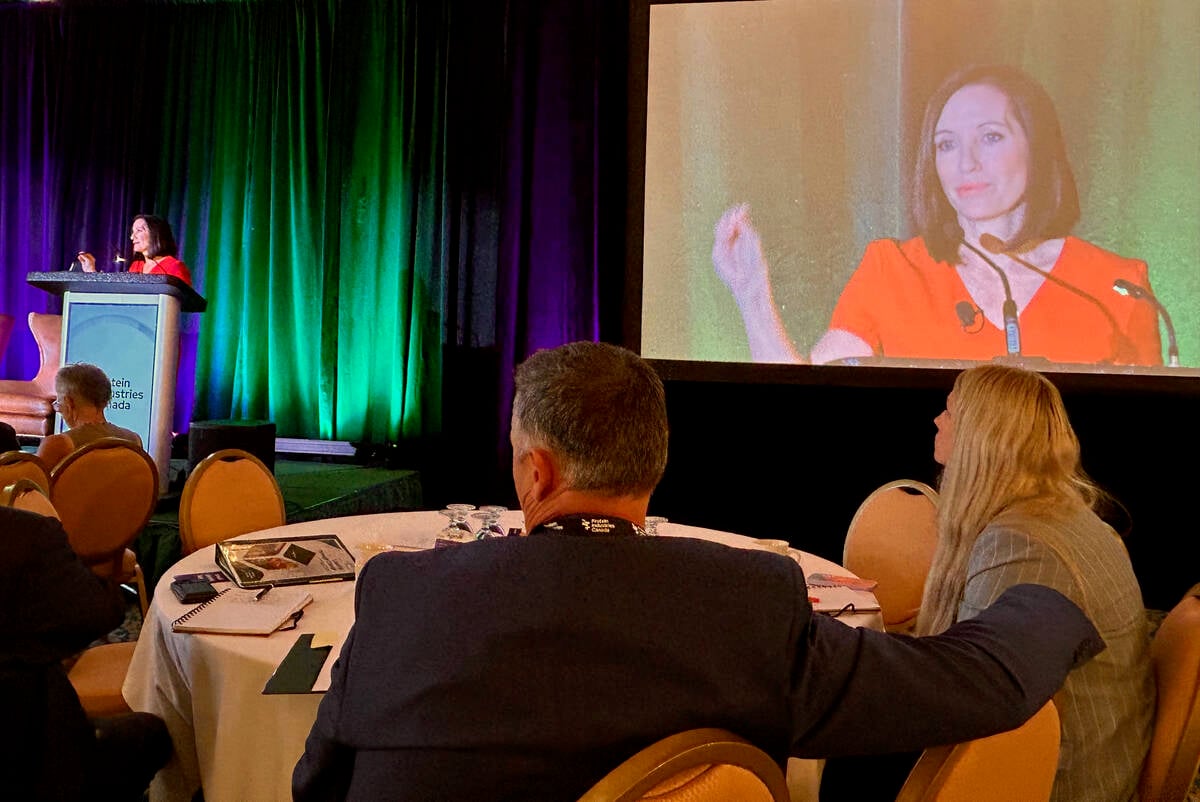The cost of full traceability for Canada’s goat sector is the focus of a survey by the Canadian National Goat Federation.
No firm date has been set by which time goats must have full traceability, but it could be as soon as next year, said Lorraine Stevenson-Hall of the federation.
In preparation for that event, the federation wants to calculate costs for producers, goat organizations and the entire value chain.
“Mostly it’s in the cost of the identifier. That’s where the majority of it will be, but it could also be … in labour and applying tags and labour to meet administrative requirements of traceability,” said Stevenson-Hall.
Read Also

Canada told trade crisis solutions in its hands
Canadians and Canadian exporters need to accept that the old rules of trade are over, and open access to the U.S. market may also be over, says the chief financial correspondent for CTV News.
“Tag applicators are another cost. If producers are going to choose RFID tags, then readers are also a cost.”
Traceability will eventually be required regardless of survey results, so “part of the goal is to determine the cost that the producers can bear or shoulder with respect to traceability, and knowing that, whether it’s sustainable for producers.”
The information might be used to leverage funding from other sources to cover costs, said Stevenson-Hall.
The survey is now available on the goat federation’s website.
In addition to the online survey, the federation has also hired a consultant to conduct at least 40 phone interviews with members of the goat industry value chain.
Results of all data are expected to be compiled by late July or early August, said Stevenson-Hall.
“We welcome producers to complete the survey and want to get as many producers to participate and complete the survey as possible.”
The 2011 agriculture census found 225,000 goats in Canada raised by 6,000 farmers.
However, Stevenson-Hall said the actual numbers are likely higher because people are not required to report goat numbers in the census.















